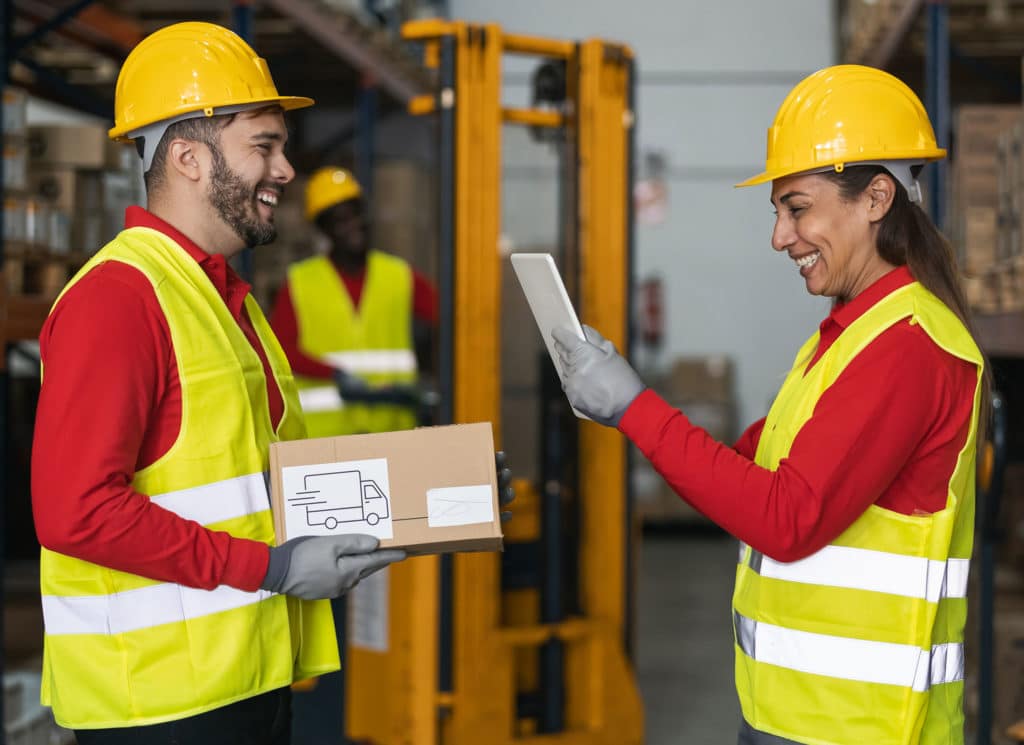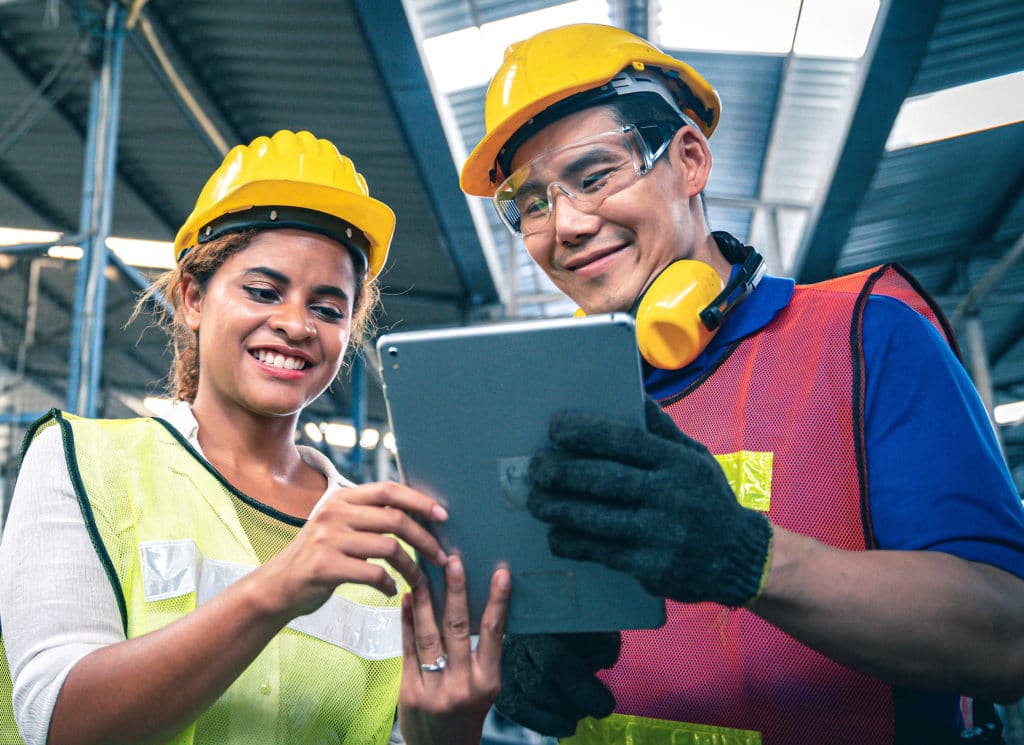Although warehousing remains a critical function, the familiar warehouses of the 20th century have nearly all been replaced with highly modernized smart warehouses. As interconnected sensors and cloud computing have become commonplace in most warehouses of today, it’s amazing to think about just how far we’ve come in a few short years – and most of it is thanks to the Internet of Things.
Interconnected Vehicles
Also known as autonomous mobile robotics (AMRs), these machines are meant to replace traditional warehouse vehicles and equipment – including forklifts and manual picking equipment. In some cases, the automated systems are simply retrofitted onto existing machinery. Others, however, require all-new equipment that doesn’t resemble anything used in a warehouse before.
These autonomous, smart vehicles have a lot of benefits to today’s smart warehouse settings, including:
- increased safety;
- greater accuracy and efficiency; and
- long-term cost savings.
Automated handling systems
While humans have traditionally handled tasks such as sorting and packing, these roles are increasingly being taken over by automation. While these devices have long used IT systems like programmable logic controllers, bar code readers and more, their integration with the Internet of Things is changing the entire warehousing industry.
In the 21st century, warehouses use fully integrated sensors that communicate with cloud-based servers in order to exchange information and make automated decisions. Such systems are also capable of utilizing historical data to modify their future behaviors and even learning new behaviors over the course of time.
More Sensors Than Ever Before
Rudimentary sensors have been used in warehouses in the past. Temperature sensors, for example, are often used in the storage of frozen goods.
Today’s sensors, however, are far more advanced. Radio frequency identification, or RFID, is usually used in IoT-connected warehouses to track the movement of goods. Some companies are even working on battery-less sensors to increase the tracking range of such assets.
Sensors can be placed nearly anywhere – including pallets, forklifts, access gates and nearly anything else around the warehouse. Not only do they let you monitor the movement of goods from one area to another, but they can also be used to alert you when a truck arrives or notify you if a load is too heavy for safe transportation.
Ready to Find Great Employees to Bring to Your Team?
Contact the team at Mega Force today to work with a leading warehouse staffing agency in North Carolina.





